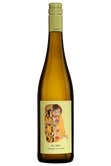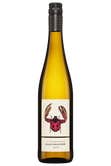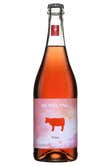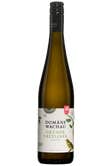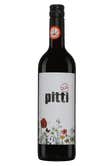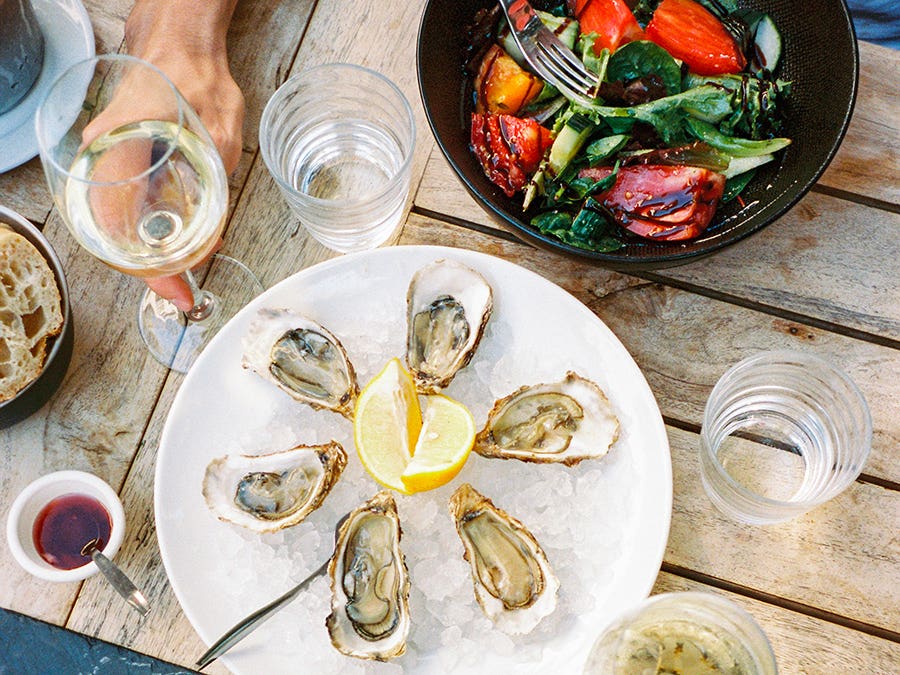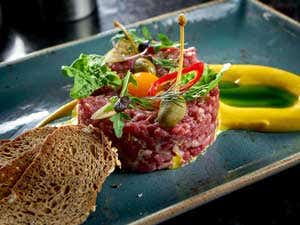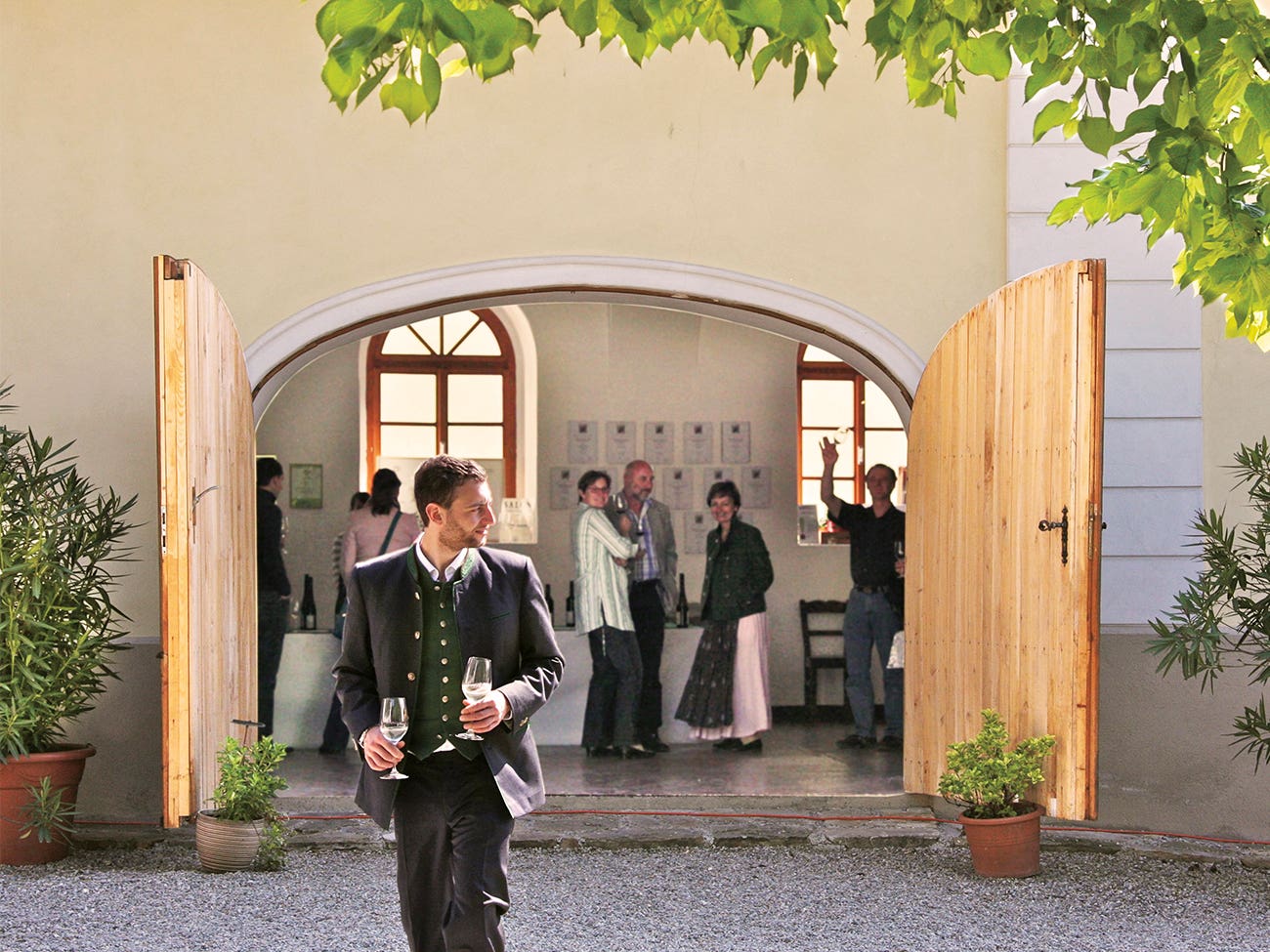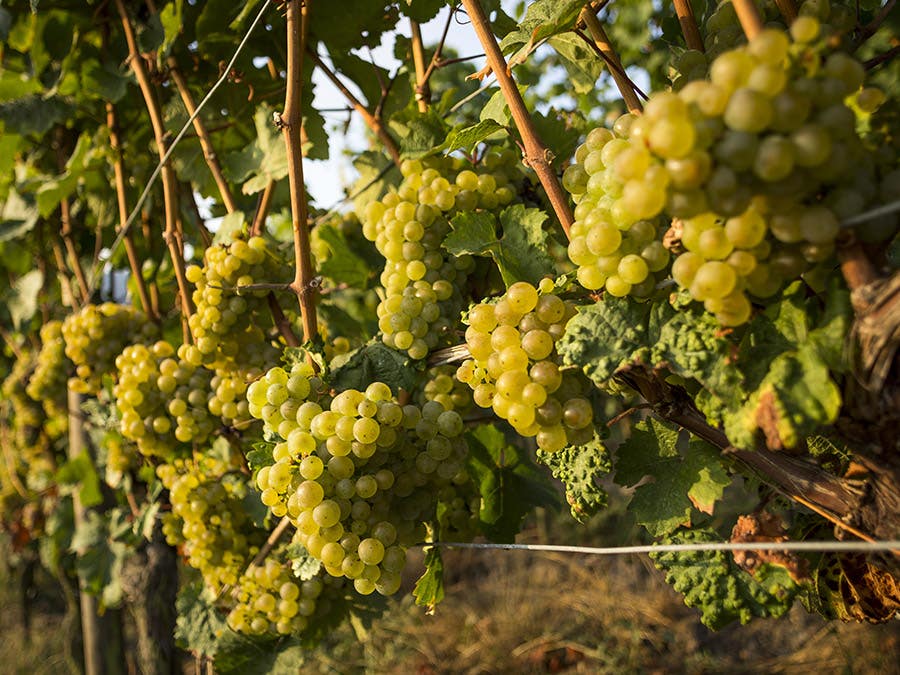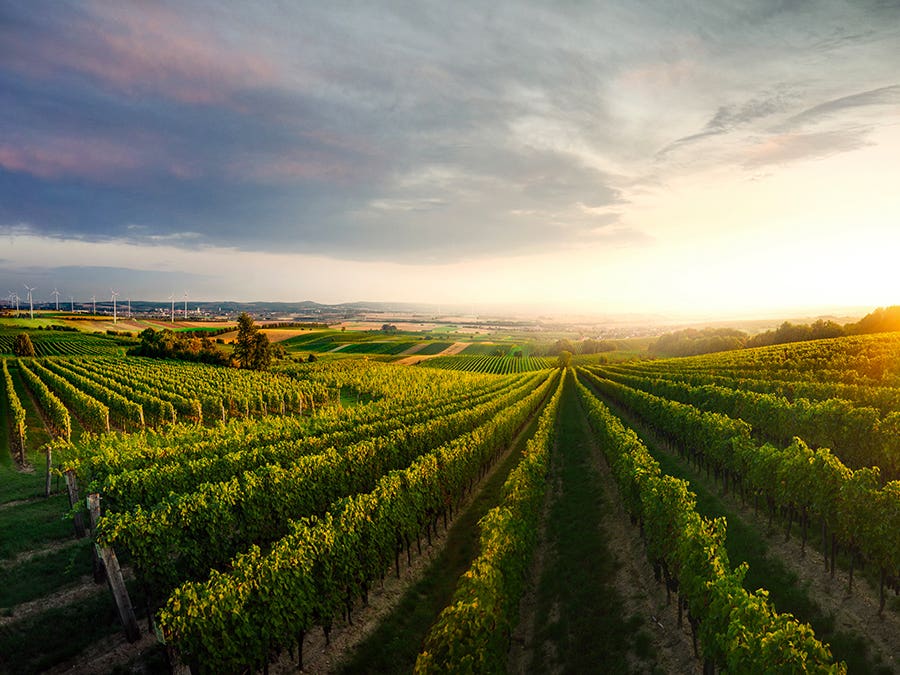Austrian wines
Down to earth
Grillenparz, Kremstal, Niederösterreich
© Austrian Wine / WSNA
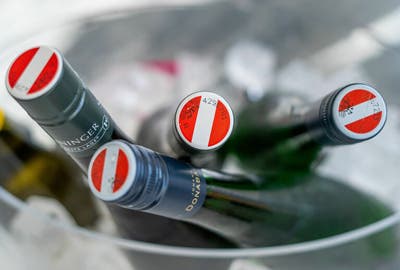

© Austrian Wine/Stanislav Mikhalko
Like nowhere else
While Austria shares the same latitude as wine-producing Burgundy, its central location in the heart of the continent plays a key role in the distinctly different profile of its wines. The growing seasons benefit from warm, sunny days, cool nights and a northerly wind, allowing the grape varieties to deliver aromatic wines that combine freshness, body and character. The country’s soils, although occupying a small area, are also very varied and contribute greatly to the distinctive profile of Austrian wines. Crystalline stone terraces, limestone or volcanic soils; welcome to a world of challenges and singularity.
Cool transition:
Austrian wine from summer to fall
Grü-ve, welschriesling, zweigelt and other curiosities
There are 40 grape varieties, 26 whites compared to 14 reds, which are authorized in the quality appellations. And although the country is renowned and recognized for its very sharp whites, beware, the reds are gaining ground. The proportion of these has doubled in the last 20 years to reach today a third of the grape varieties.

Whites
Grüner Veltliner, which is very distinctive for its very typical (and seductive) notes of white pepper, accounts for 32% of Austrian wine production. Then, Welschriesling, Riesling, Weiser Burgunder (Pinot Blanc) and Sauvignon Blanc are the most planted.
Reds
The two most popular grape varieties are also hard to pronounce, but easy to love. Zweigelt (or Blauer Zweigelt) and Blaufränkisch make lively, flavourful wines with lovely notes of red fruits and spices. Fun fact: Zweigelt is a cross between Blaufränkisch and Saint-Laurent, another top-ranked red grape.

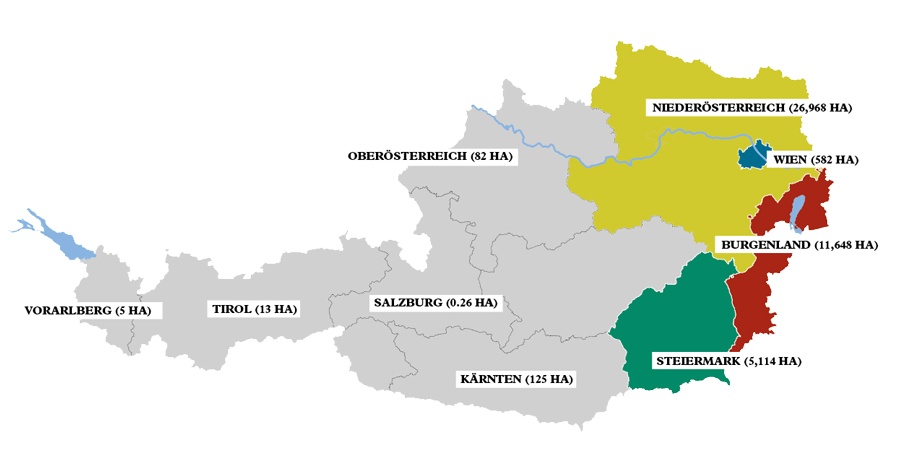

© Austrian Wine / Austrian Wine
Human-scale, and conscientious
On the Old Continent, or even in the wine world, Austria stands out for its environmental awareness. The small country has a welcoming aura, and this is partly thanks to the human scale of its viticulture.
Indeed, 95% of Austria’s vineyards are family-owned, and the majority of them operate on an average of only four hectares. And many of the sites are steep and terraced, requiring manual work, naturally preserving the biodiversity of the area. In addition to this work in harmony with nature, Austria can boast numerous official certifications, highly sought after by customers, particularly in Quebec.
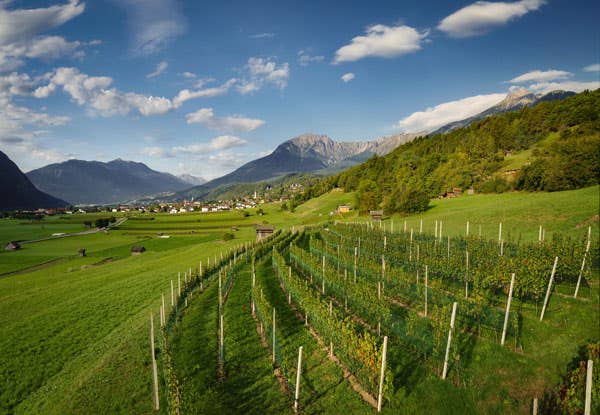

Tarrenz, Tirol, Bergland
© Austrian Wine / WSNA
![]() 25%
25%
of the total vineyard area
is certified by Sustainable Austria
![]() 24%
24%
of the total vineyard area
is cultivated organically
 14%
14%
of organic vines are cultivated
biodynamically
Let's eat!
With their great freshness and their digestible character, Austrian whites stand out both as aperitifs to awaken the taste buds, and at the table to pair with a variety of dishes. Lively and tasty whites that lighten fried food or highlight the varied aromas of Asian cuisine, as well as supple and versatile reds that pair beautifully with white meats, or why not a nice tartare.
Learn more about the country
Dreaming of an escapade? Learn more about the climate, soils, wines and food before you pack your bags.
Or discover them, one bottle at a time.
-
Read more
Austrian wines have a character all their own, thanks to unique varietals that are so easy to drink that they’ll have you singing Rock Me Amadeus!
-
Read more
Riesling is a white grape whose origin has always been claimed by both the Rhine Valley and the Moselle. Very permeable to its soil, it remains one of the varieties that best transmits the richness of its terroir. Although Germany and Alsace are the standard bearers of the grape variety, there are some very fine vintages in Austria and in some New World countries.
-
Read more
Austrian wines have their own personality thanks to their unique grape varieties and impressive drinkability. A can’t-miss destination for any foodie in search of originality. Discover an unparalleled vineyard, where quality and diversity rhyme with accessibility.
Supported by the European Union



 Access to SAQ Inspire personalized services and store inventories are unavailable at the moment.
Access to SAQ Inspire personalized services and store inventories are unavailable at the moment. Free in-store delivery with purchases of $75+ in an estimated 3 to 5 business days.
Free in-store delivery with purchases of $75+ in an estimated 3 to 5 business days. 

